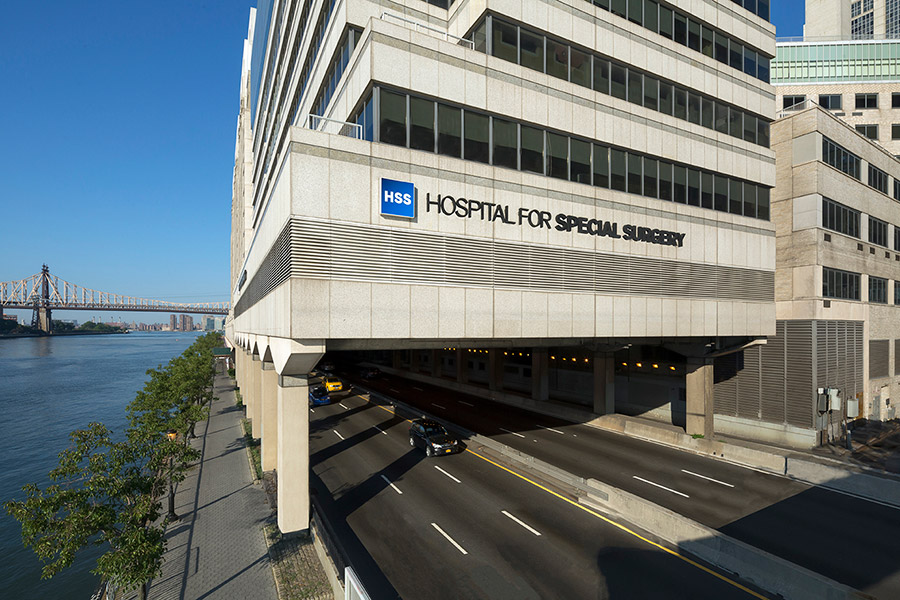The Hospital for Special Surgery, a musculoskeletal health system based in New York City, went from full capacity to 15-20 percent capacity in one week.
It was a deliberate decision as COVID-19 runs rampant throughout the city, New York State and across America. Normally the specialty health care provider would be full of patients who have orthopedic and rheumatologic conditions. But for HSS’ CEO Lou Shapiro, the decision to cease all non-essential care and free up hospital beds was a no brainer.
“The balance of our resources, supplies, human resources and fiscal capacity are being repurposed to enable us to provide essential care more broadly and differently. And importantly, for us to allocate all excess resources to join forces with NewYork-Presbyterian and Weill Cornell Medical Center to win this battle we’re in,” says Shapiro.
See also: The Health Evolution CEO Guide to Artificial Intelligence in Health Care
New York State has 5 percent of all coronavirus cases worldwide and nearly two-thirds of those are in New York City. Capacity needs to be expanded anywhere and everywhere, whether that’s the Javits Convention Center in Midtown Manhattan, a Navy hospital ship docked in New York Harbor or by HSS suspending non-essential care to take on non-COVID-19 patients in need of essential care from nearby health systems.
Health Evolution spoke with Shapiro about the decision to suspend non-essential care, how the system is working with other health care providers in NYC, and what he hopes the long-term impact of this crisis will be.
Health Evolution: Talk me through the decision to suspend non-essential care.
Shapiro: We have four principles to guide us through this crisis. Protect our staff. Protect our patients. Protect the organization. Contribute to solving this problem. Every organization across the country should be eliminating non-essential activity—in any industry, including health care. Based on our principles, it was an easy decision to make. We don’t have people coming in that could infect staff. We don’t have people coming in who will take staff away from other important work. It contributes to social distancing. The best place to be is at home. It was a decision at an extraordinary level to take HSS from operating at full capacity one week ago to essentially 15-20 percent.
Health Evolution: What does that mean for a specialty hospital like yours, full capacity to 15-20 percent capacity, how will the hospital operate in the coming weeks and months?
Shapiro: It’s totally irrelevant to us being a specialty hospital. How does hospital X operate in the coming weeks and months when they are overwhelmed by COVID-19 patients, in an environment where capacity, resources and human resources are constrained? The way we deal with it is we are uniquely positioned to make a very important socially responsible decision to postpone all non-essential musculoskeletal care. At the same time, we’ve massively scaled up telehealth and repurposed our locations throughout the Tri-State area to provide urgent care, so patients don’t go to local emergency departments. We are joined at the hip with NewYork-Presbyterian and Weill Cornell to maximize use of resources. If there are patients there that don’t need to be there, they can come here. It’s happening today. We’re taking one unit and converting it to another unit so we can bring patients in from [those hospitals]. By curtailing non-essential services, we can reallocate our supply chain, which is robust and can help them do what they do there. As other hospitals have resource constraints that are important, we’re available to do whatever we can do to help them.











